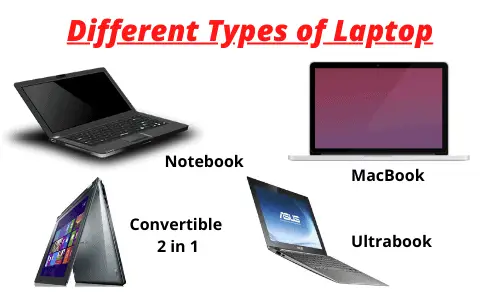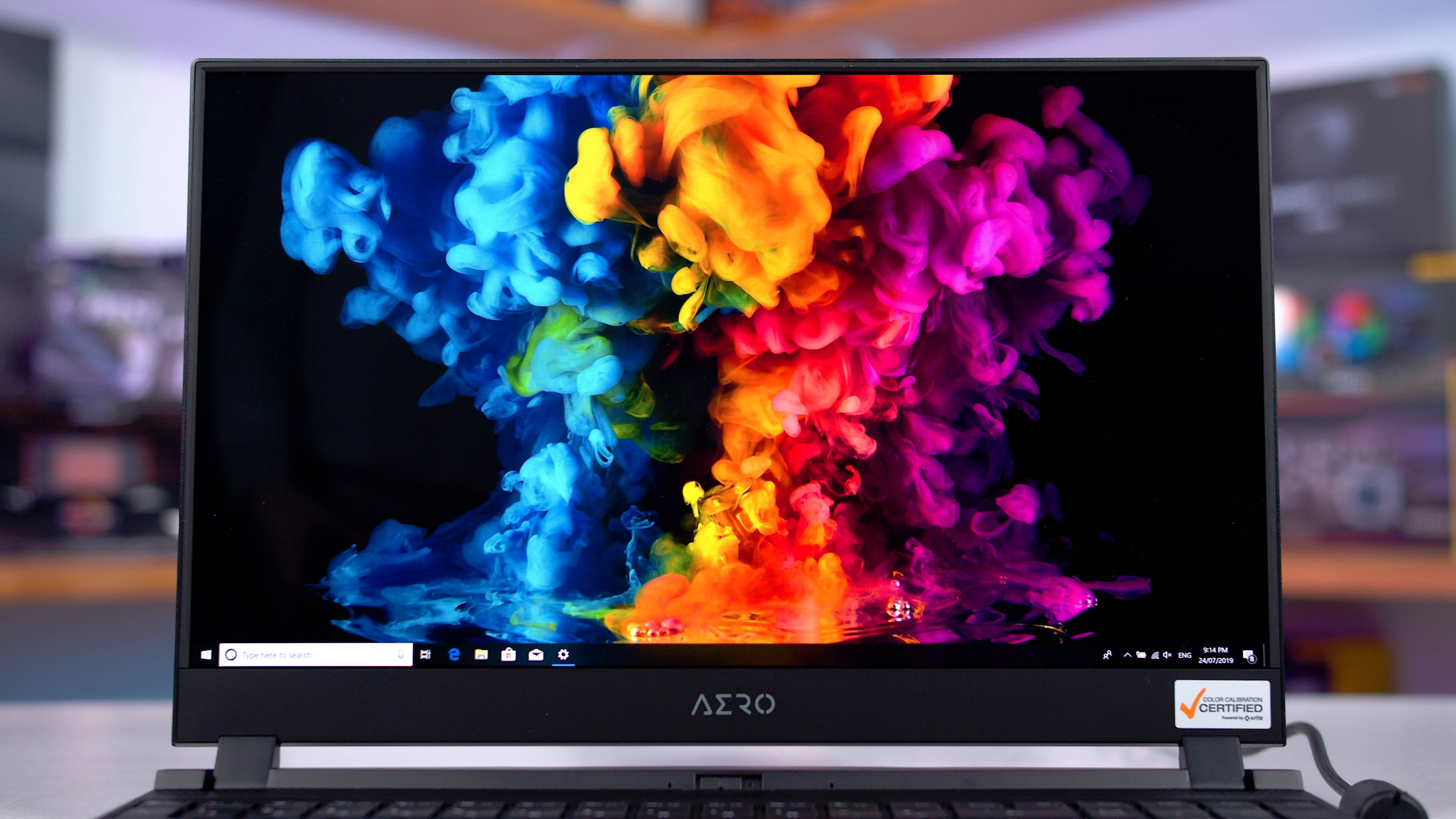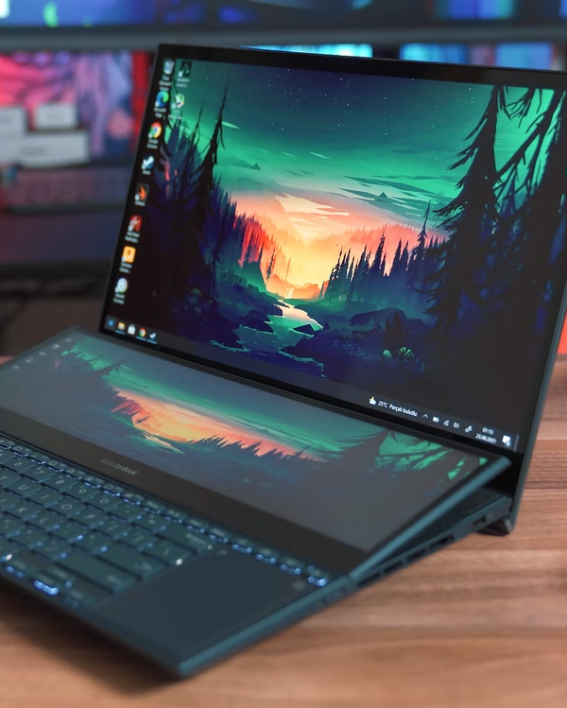Best Laptop Display Types

In the quest for the perfect laptop, the display often gets overlooked. For value-conscious shoppers, understanding the nuances of laptop display types is crucial. A good screen isn't just about vibrant colors; it's about eye comfort, productivity, and overall user experience. Let's dissect the world of laptop displays to find the best fit for your needs and budget.
Understanding Laptop Display Technologies
Laptop displays primarily fall into a few key categories: TN (Twisted Nematic), IPS (In-Plane Switching), and OLED (Organic Light-Emitting Diode).
TN Panels: Speed at a Cost
TN panels are typically the most affordable option. They boast the fastest response times, making them suitable for gaming. However, they often suffer from poor viewing angles and color accuracy. The color shifting can be a challenge for detail work and is better suited for quick response time over picture quality.
IPS Panels: The Balanced Choice
IPS panels strike a balance between performance, color accuracy, and viewing angles. They are widely used in mid-range and high-end laptops. IPS panels provide a much better viewing experience and picture quality for creative work, watching movies, and general use.
OLED Panels: The Premium Experience
OLED panels offer the best picture quality with perfect blacks and vibrant colors. Each pixel emits its own light, leading to exceptional contrast ratios. OLED panels are usually found in higher end laptops due to higher production costs. These panels are not always ideal because of high power consumption, although display technology is evolving to improve the power usage.
Shortlist of Recommended Laptops by Display Type and Budget
Here are a few suggestions, spanning different price ranges and display preferences:
- Budget-Friendly (TN Panel): Acer Aspire 5 (for basic productivity and gaming on a tight budget)
- Mid-Range (IPS Panel): Lenovo IdeaPad Slim 5 (well-rounded performance and a good display for everyday tasks)
- High-End (OLED Panel): Dell XPS 13 OLED (premium display experience for professionals and content creators)
Detailed Reviews
Acer Aspire 5 (TN Panel)
The Acer Aspire 5 is a great entry-level laptop. It offers decent performance for everyday tasks. The TN panel is functional, but not exceptional, for gaming.
Lenovo IdeaPad Slim 5 (IPS Panel)
The Lenovo IdeaPad Slim 5 provides a comfortable viewing experience. It delivers accurate colors for photo editing and video watching. It's a solid all-around choice for students and professionals.
Dell XPS 13 OLED (OLED Panel)
The Dell XPS 13 OLED is a visual masterpiece. It offers unparalleled contrast and color accuracy. The price is high, but the display quality is unmatched.
Side-by-Side Specs and Performance
| Feature | Acer Aspire 5 (TN) | Lenovo IdeaPad Slim 5 (IPS) | Dell XPS 13 OLED (OLED) |
|---|---|---|---|
| Display Type | TN | IPS | OLED |
| Color Accuracy (sRGB) | 60% | 95% | 100% |
| Viewing Angles | Poor | Good | Excellent |
| Response Time | Excellent | Good | Great |
| Brightness (nits) | 220 | 300 | 400 |
| Contrast Ratio | 500:1 | 1000:1 | 1,000,000:1 |
| Price (approx.) | $350 | $600 | $1200 |
Practical Considerations
Beyond the display technology, consider these practical aspects:
- Screen Size: Choose a size that suits your portability needs and viewing preferences.
- Resolution: Opt for at least Full HD (1920x1080) for crisp visuals. QHD or 4K resolutions offer even greater detail.
- Brightness: Higher brightness is essential for outdoor use or brightly lit environments.
- Anti-Glare Coating: Matte screens reduce reflections, improving visibility in challenging conditions.
- Blue Light Filter: This feature reduces eye strain during prolonged use.
Summary
Choosing the right laptop display is about balancing your needs and budget. TN panels are affordable for gaming; IPS panels offer a balanced experience; OLED panels deliver the best visuals. Remember to weigh the practical considerations like screen size, resolution, and brightness. Consider how your laptop will be used, and what your budget can allow for the best display.
Take Action!
Ready to upgrade your viewing experience? Research the laptops mentioned and compare specs. Determine your needs and budget. Make an informed decision that enhances your productivity and enjoyment.
Frequently Asked Questions (FAQ)
Q: What is the difference between sRGB and Adobe RGB?
A: sRGB is the standard color space for web content, while Adobe RGB offers a wider color gamut, beneficial for professional photo and video editing.
Q: Is a higher resolution always better?
A: Not necessarily. Higher resolutions require more processing power and can reduce battery life. A 4K display is overkill for basic tasks but benefits content creators and those who appreciate sharp visuals.
Q: What is the ideal brightness for a laptop display?
A: Around 300 nits is generally sufficient for indoor use. Aim for 400 nits or higher for comfortable viewing outdoors.
Q: Do OLED displays suffer from burn-in?
A: Burn-in is a potential issue with OLED displays, but modern technology has mitigated the risk. Avoid displaying static images for extended periods.
Q: Can I upgrade my laptop's display?
A: In most cases, no. Laptop displays are integrated into the chassis. It's usually not feasible or cost-effective to upgrade them.
![Best Laptop Display Types Laptop Displays — Panel Types compared [IPS/OLED/TN]](https://www.cgdirector.com/wp-content/uploads/media/2024/03/Laptop-Displays-—-Which-Panel-Technology-Should-You-Go-With-Twitter-1200x675.jpg)

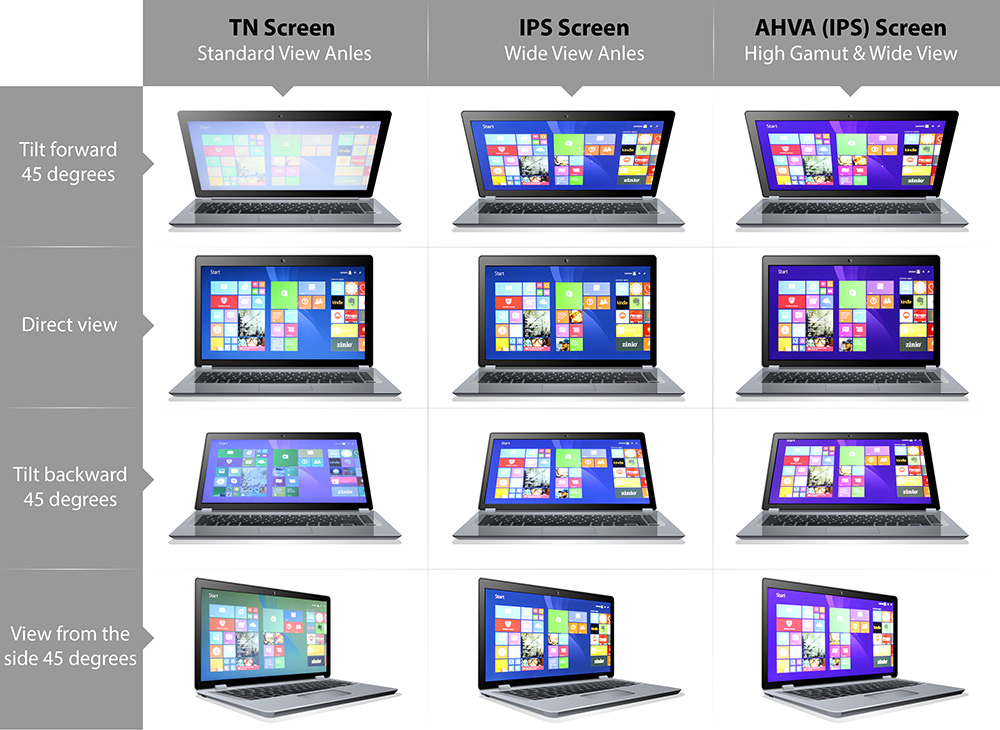
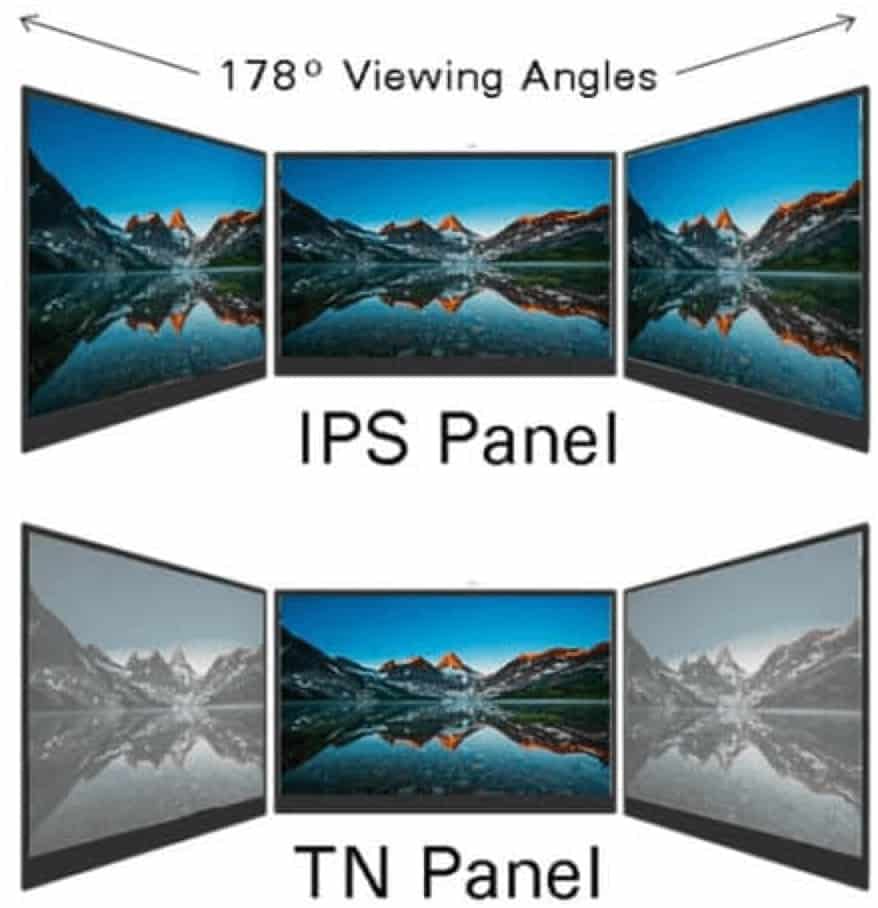
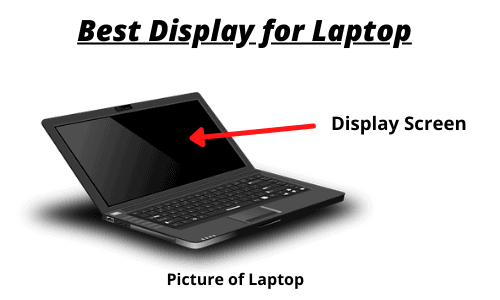

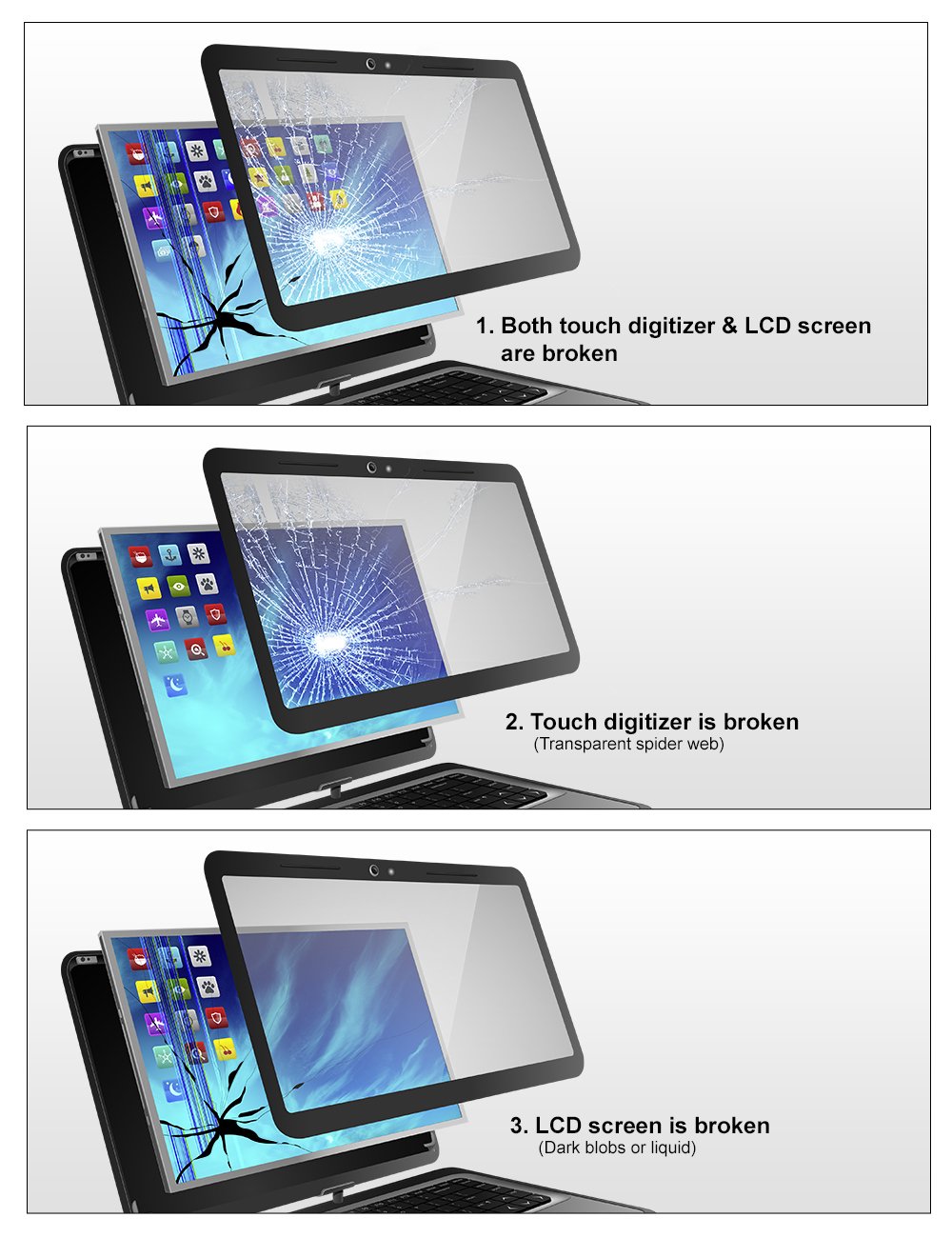


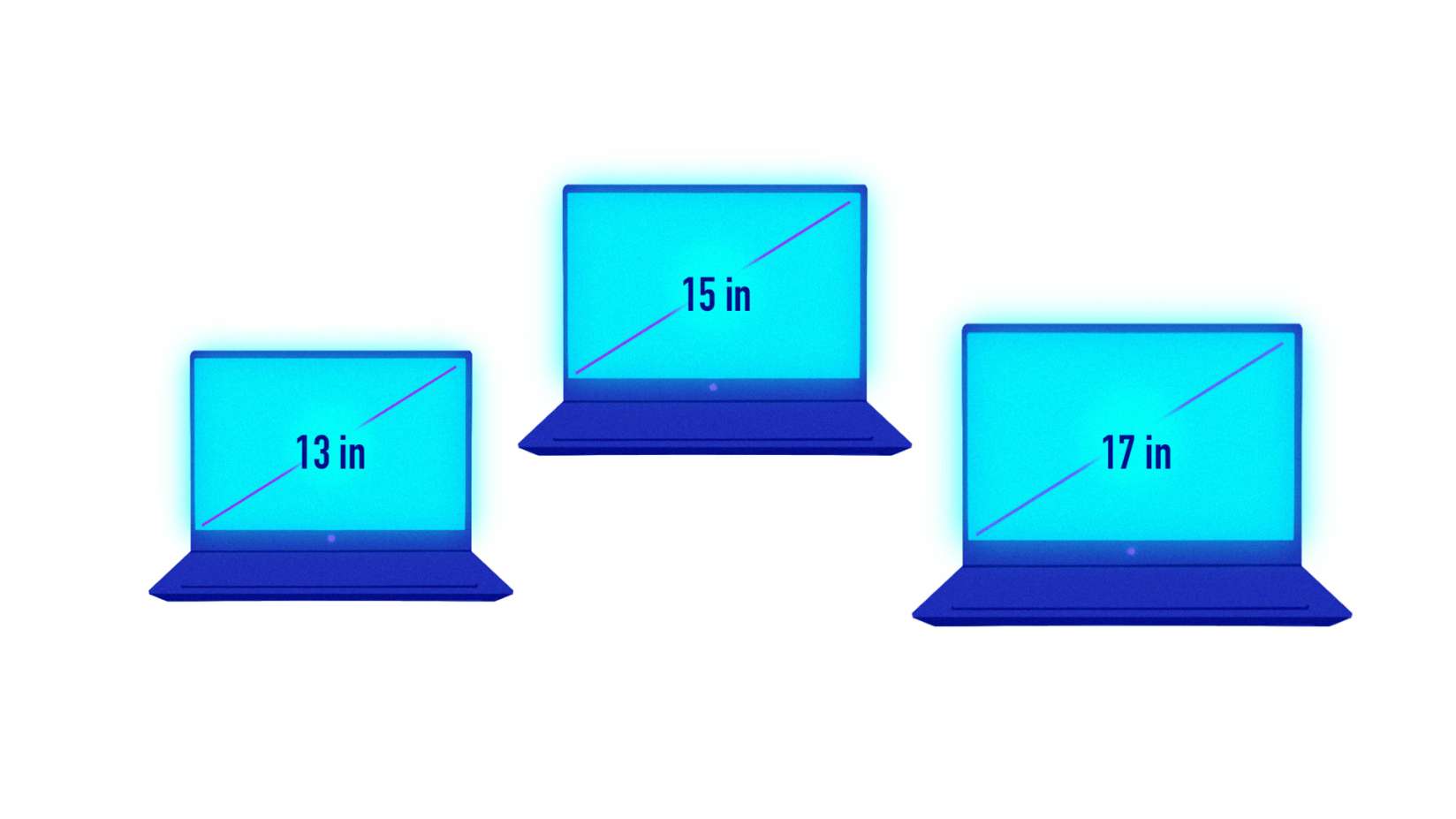


![Best Laptop Display Types Laptop Displays — Panel Types compared [IPS/OLED/TN]](https://www.cgdirector.com/wp-content/uploads/media/2024/03/Laptop-Display-Technologies-1024x540.jpg)


